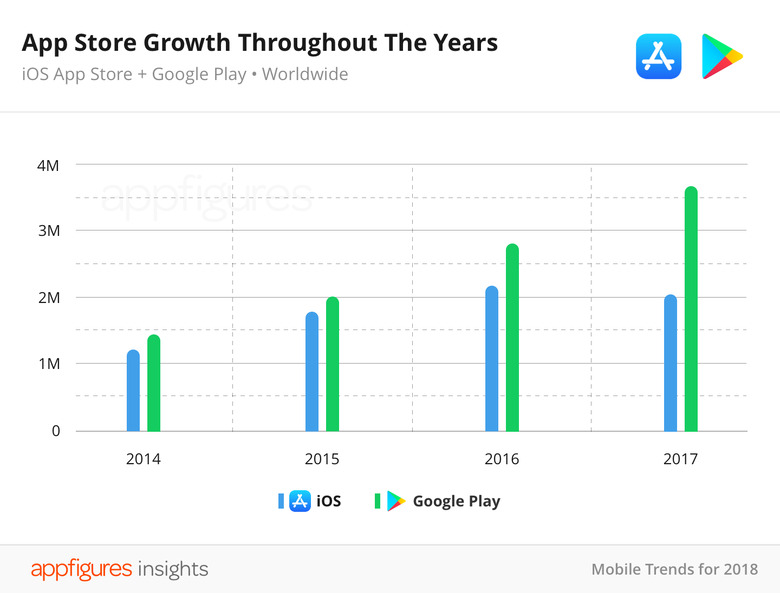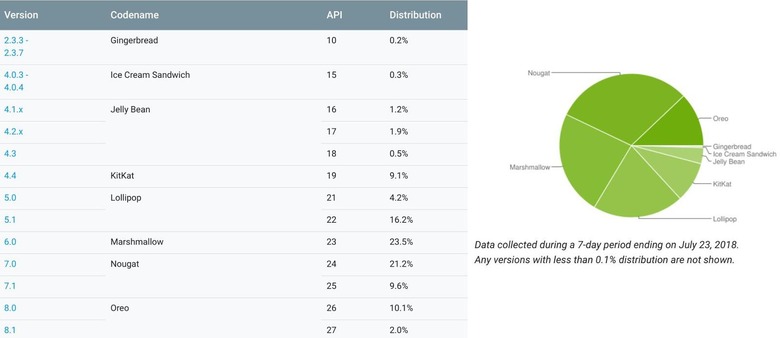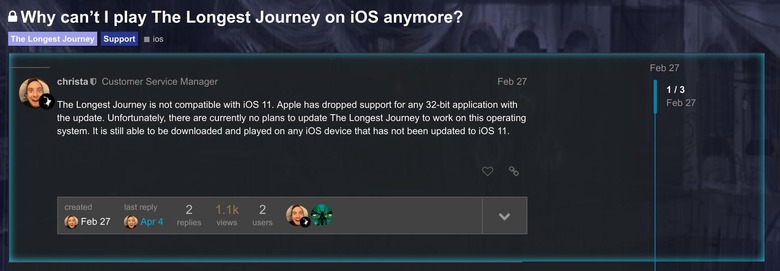Mobile app stores kicked off the most recent digital gold rush. It was a market that was almost easy to break into and, if you're lucky, profit from. But as the dust slowly settled and the market stabilized, some developers were left disillusioned, penniless, or simply bored. Many just walked away towards the next big thing (like VR), abandoning their once carefully crafted apps. And now we're left with a growing pile of unmaintained apps that both pose a threat and, at the same time, still hold some nuggets of gold we need to mine.
The bite of 64 bits
Apple had an almost ingenious way to separate the chaff from the wheat. It announced that its 64-bit iOS running on 64-bit processors would no longer support 32-bit apps. This had two-fold effect. What Apple really wanted was to wake up developers and make the dust off their old apps and prepare it for the future. But it was also a strategy to see which apps were already completely abandoned and needed to be pruned.
The effects didn't go unnoticed. App store insight website Appfigures reported last March that for the first time since 2014, the number of apps in the iOS app store declined last year. It was a very small decline, mind, but when you pride yourself of having the best app store around, even a fraction of a difference becomes a big deal.

Fragmented history
Unsurprisingly, Android's Google Play Store continued to grow during that period. In fact, it had one of its biggest growth spurts since 2014. Android, however, has a different problem when it comes to unmaintained apps. They are true zombies in that they refuse to die.
Unlike Apple, Google doesn't have the capability to enforce an upgrade. On the contrary, it actually has committed itself to supporting old versions of Android until their market share drops to almost zero. And even then, there will be other sources of Android apps that could install unmaintained apps on whatever version of Android users want, as long as API compatibility is there. It is one of the double-edged effects of Android's fragmented beauty.
Old wood on a new ship
Old apps, however, don't just make app stores statistically ugly. Yes, they can give an illusion of large numbers, but when a good chunk of that are rotting corpses, you have more than just a numbers problem. You have security holes in what should be a tight ship.

Old, unmaintained apps use old code that may have contained vulnerabilities that were fixed in newer versions. That is why it's so important for both apps and the platforms they run on to be kept up to date. Apps that have also been truly abandoned by their authors run the risk of being hijacked by hackers and being used as vehicles for malware. This, of course, is a bigger problem on Android than iOS but the latter will eventually reach that point until its next big culling (what comes after 64-bit?).
Classic jewels
That's not to say Apple's strategy did not have its drawbacks. By cutting off apps that have not been updated to the 64-bit age, it may have also thrown out a good number of apps that generations of IOS users may never see again. That includes some old but good games and apps that may have been abandoned by their creators for one reason or another, with the reason often being revenues.
Of course, it's not really Apple's fault but it's still a shame nonetheless. Mobile platforms so far have had a short but already rich history, both good and bad, but we may no longer have access to that aside from Internet articles that could eventually disappear as well. We have so far been terrible at curating our digital history, as can be seen in video games and older PC software. And mobile platforms seem to have finally come of age to have that same problem.

Call to action: Health check
But while platform makers and app developers try to figure out how to best approach the zombie army, users should also make sure they're well protected. That means making sure that you are installing app that have at least been updated in the last two years. There's no better sign of life and comes with the assumption of using more up-to-date and, hopefully, more hardened APIs. That doesn't mean they're bug free, of course, but at least they're not security time bombs either.
That's not to say old apps are bad, unless you can't install them in the first place. Some apps have not been updated because they're developers may have thought them to be perfect already (a delusion). In that case, it definitely pays to see what other users have left in reviews and comments or if the developer even responds to those. While you shouldn't believe everything you read, you can at least get a feel of how safe an oldie but goodie app still is.
